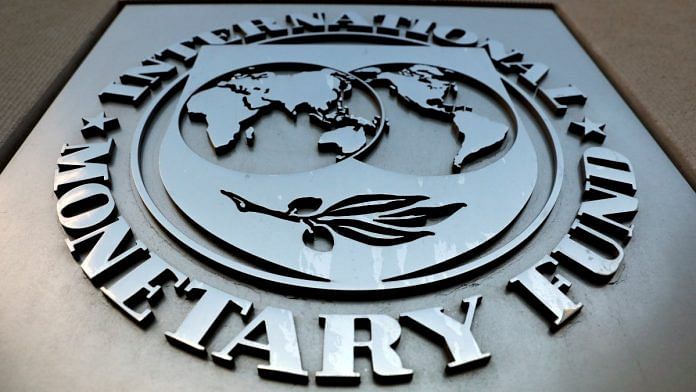New Delhi: Driven by a recovery in China’s economy and “resilient growth” in India, growth in the Asia Pacific region is expected to accelerate to 4.6 per cent in 2023, up from 3.8 per cent in 2022, the International Monetary Fund said in its latest report Tuesday.
In its 2 May edition of ‘Regional Economic Outlook – Asia and Pacific’, the IMF upgraded its outlook for the region compared with the 4.3 per cent growth it had predicted in its October 2022 outlook.
Furthermore, at a time when the Reserve Bank of India has paused interest rate hikes, the IMF cautioned central banks to focus on inflation reduction.
For India, the growth outlook was reduced to 5.9 per cent, from the 6.1 per cent predicted in October. However, the 5.9 per cent was the same as the one made in the IMF’s April 2023 World Economic Outlook report.
“Growth in Asia and the Pacific is projected to increase this year to 4.6 per cent, from 3.8 per cent in 2022, an upgrade of 0.3 per cent relative to the October 2022 World Economic Outlook,” the IMF’s regional outlook report said Tuesday.
“This means the region would contribute around 70 per cent of global growth…Asia’s dynamism will be driven primarily by the recovery in China and resilient growth in India, while growth in the rest of Asia is expected to bottom out in 2023, in line with other regions,” it added.
However, the IMF did note that this accelerated expected growth does not mean the Asian economies should become complacent since the risks to the outlook are predominantly on the downside.
“The pressures from diminished global demand will weigh on the outlook,” the IMF said. “Headline inflation has been easing, but remains above targets in most countries, while core inflation has proven to be sticky.”
According to the report, although spillovers from turmoil in the European and US banking sectors have been limited thus far, vulnerabilities to global financial tightening and volatile market conditions, especially in the corporate and household sectors, remain elevated.
In the medium term, the IMF expects growth for the region to fall to 3.9 per cent in five years — the lowest medium-term forecast it has made “in recent history”. This, in turn, is contributing to one of the lowest medium-term forecasts for global growth since 1990, it said.
Notably, the IMF said that unless there are financial stability issues, central banks should continue tightening policy rates to combat high inflation, while using other tools to stabilise the financial system, if needed.
This is of significance to India since the Reserve Bank of India early last month paused its rate hike cycle to gauge its impact on the system.
“Monetary policy should remain tight until inflation falls durably back within target,” the IMF said. “Unless strains in financial markets increase and financial stability is at stake, central banks should separate monetary policy objectives from financial stability goals.” They can do so by “using available tools aimed at addressing financial stability risks to allow them to continue to tighten policy to address inflationary pressures”, the report added.
(Edited by Richa Mishra)
Also Read: Does inflation targeting work? IMF paper casts doubt on policy of RBI, many other central banks



